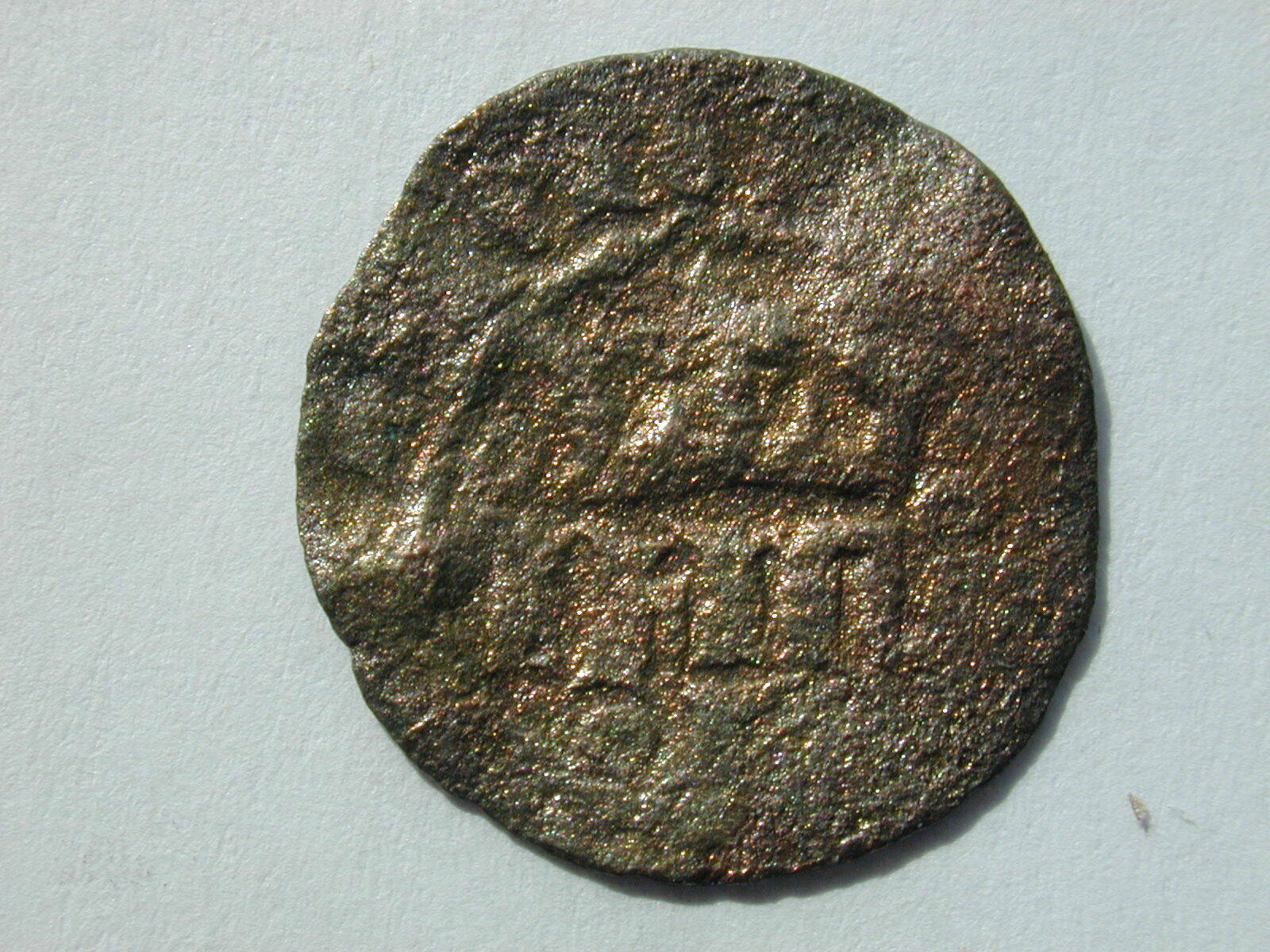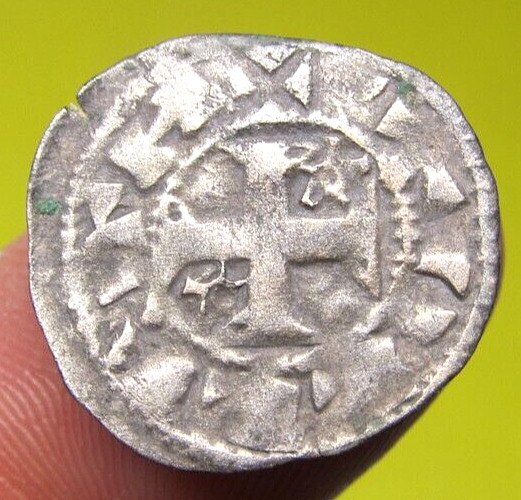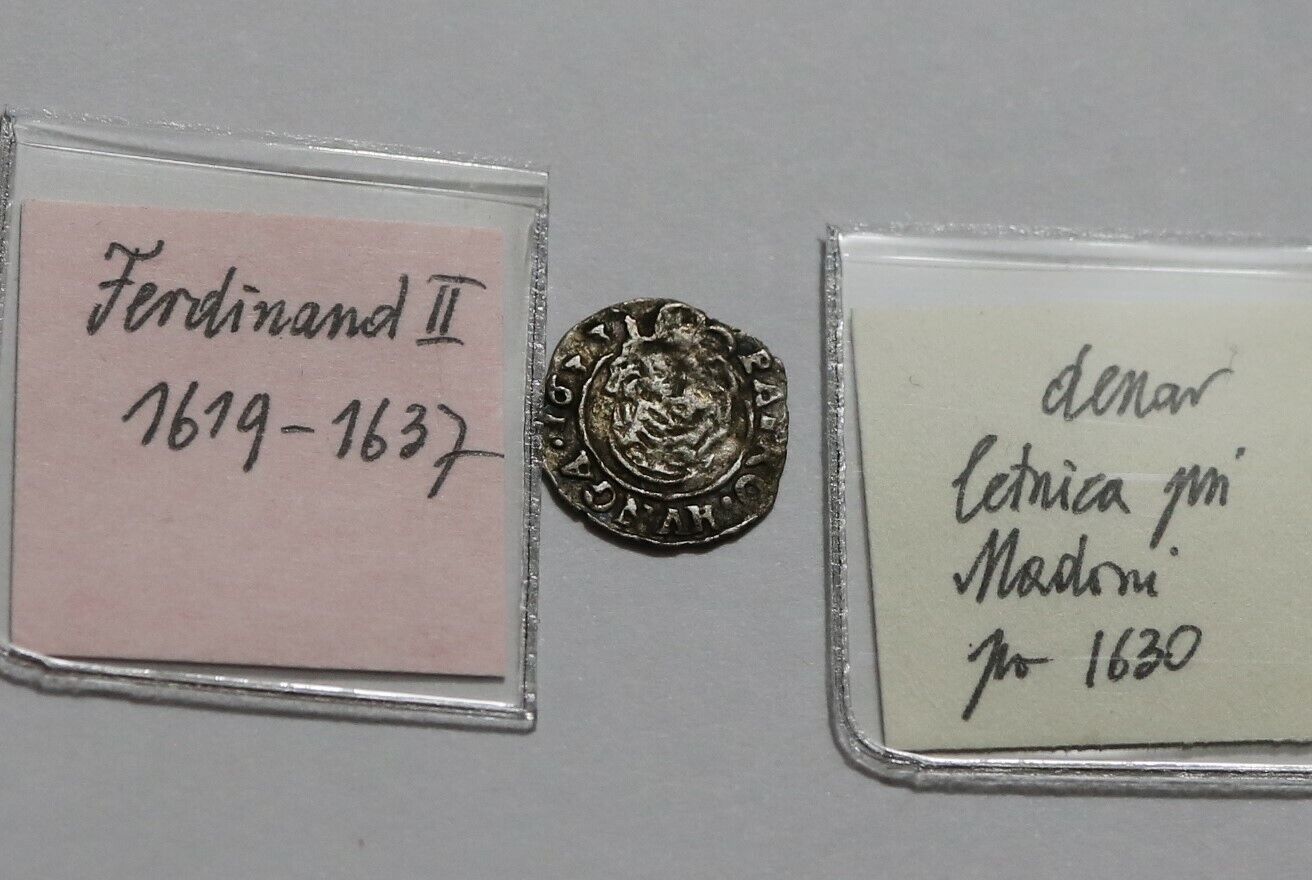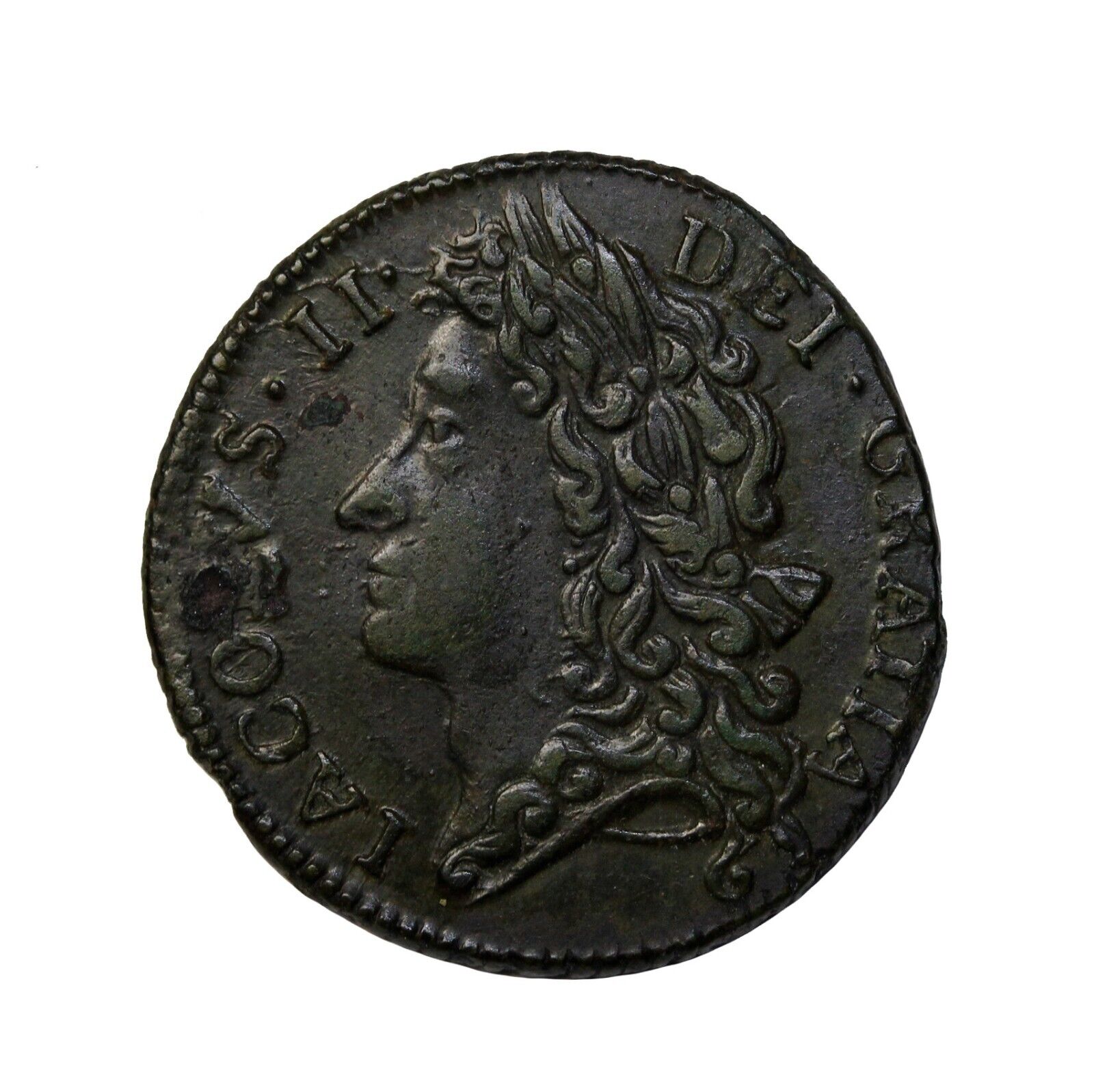-40%
JOHN I THE GREAT KING OF PORTUGAL 1385-1433 BI 1/2 REAL 17mm .63g VERY RARE CPIC
$ 15.83
- Description
- Size Guide
Description
JOHN I (Joao) THE GREAT KING OF PORTUGAL 1385-1433 BI 1/2 REAL 17mm .63g VERY RARE SEE PICSCross of 5 shields ADIVTORIVM NOSTRVM / Crowned ihrS DG REC PORTUGAL below is secret mark oLo
A VERY RARE COIN SEE PICS FOR CONDITION
I WILL SHIP OVERSEAS ONLY THROUGH THE GLOBAL SHIPPING PROGRAM
John I the Great (or the Good or of Happy Memory) was born in 1357, son of Peter I and Teresa Lourenco in Lisbon. When Ferdinand died in 1383 with no male heir, his daughter Beatrice was in line to be Queen, but because she was married to King John of Castile, public sentiment ruled against her as Castile would virtually annex Portugal in the process. Two years of anarchy and political crisis followed where there was not a Portuguese monarch. In 1385 the Portuguese Cortes met and declared John king. Soon after, Castile and France invaded Portugal and conquered Lisbon with the intent of removing John, but with English support he defeated John of Castile at the Battle of Aljubarrota. He married Philippa of Lancaster, daughter of John of Gaunt. After the death of John of Castile, John of Portugal lived in peace until 1415 when he conquered the city of Ceuta aiming to control the African coast. He was a man of keen wit and an unusually learned king, a trait he passed on to his heirs who are collectively referred to as the ‘Illustrious Generation’. John died in 1433 and was succeeded by his son Edward.
Portugal was originally inhabited by Neanderthals and settled by pre-Celtic tribes.
It was visited by Phoenicians and Carthaginians and then invaded by Romans in 219 BC.
It was incorporated into the Roman Republic in 45 BC and was held by the Empire until the 3
rd
Century.
It was then settled by the Suebi, Buri and Visigoths before falling to the Moors. It was re-conquered by Christians in 1139 and became the Independent Kingdom of Portugal.
It was devastated by the Black Death in 1348 and allied itself with England in 1373.
It spearheaded the exploration of the world, colonizing Brazil as well as parts of Africa.
It was invaded by Spain in 1762 and by France in 1807.
It went bankrupt in 1902 and became a republic in 1910.
In 1926, it was taken over by a military coup and granted most of its remaining colonies their independence in 1975.










